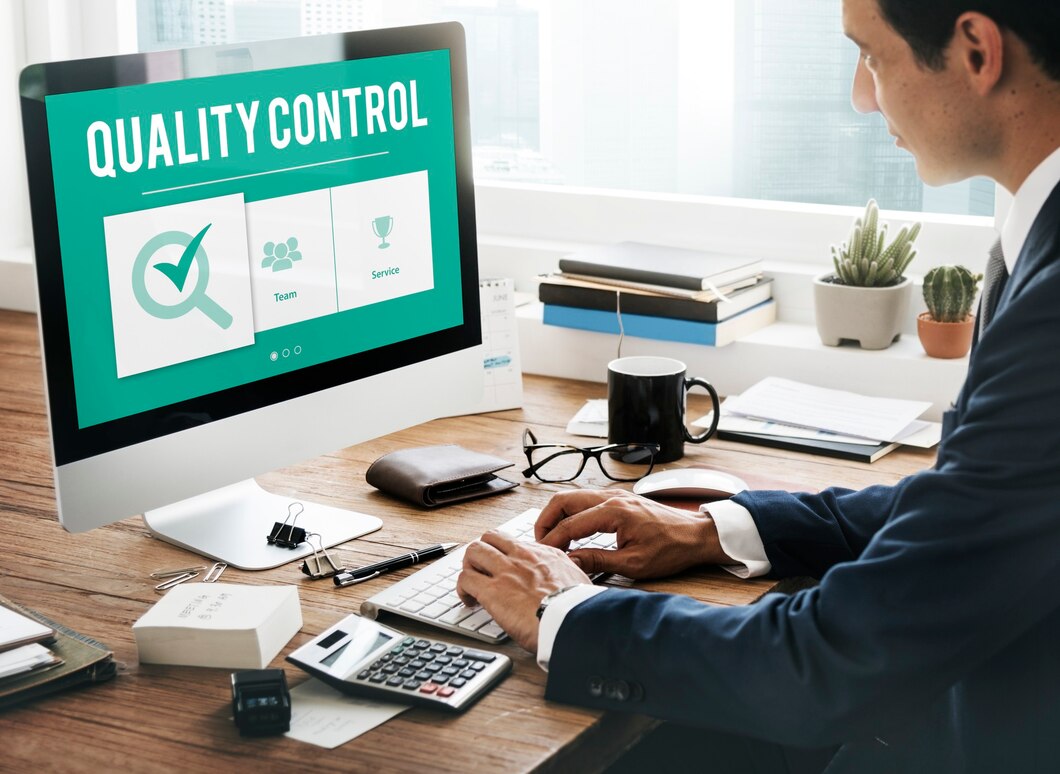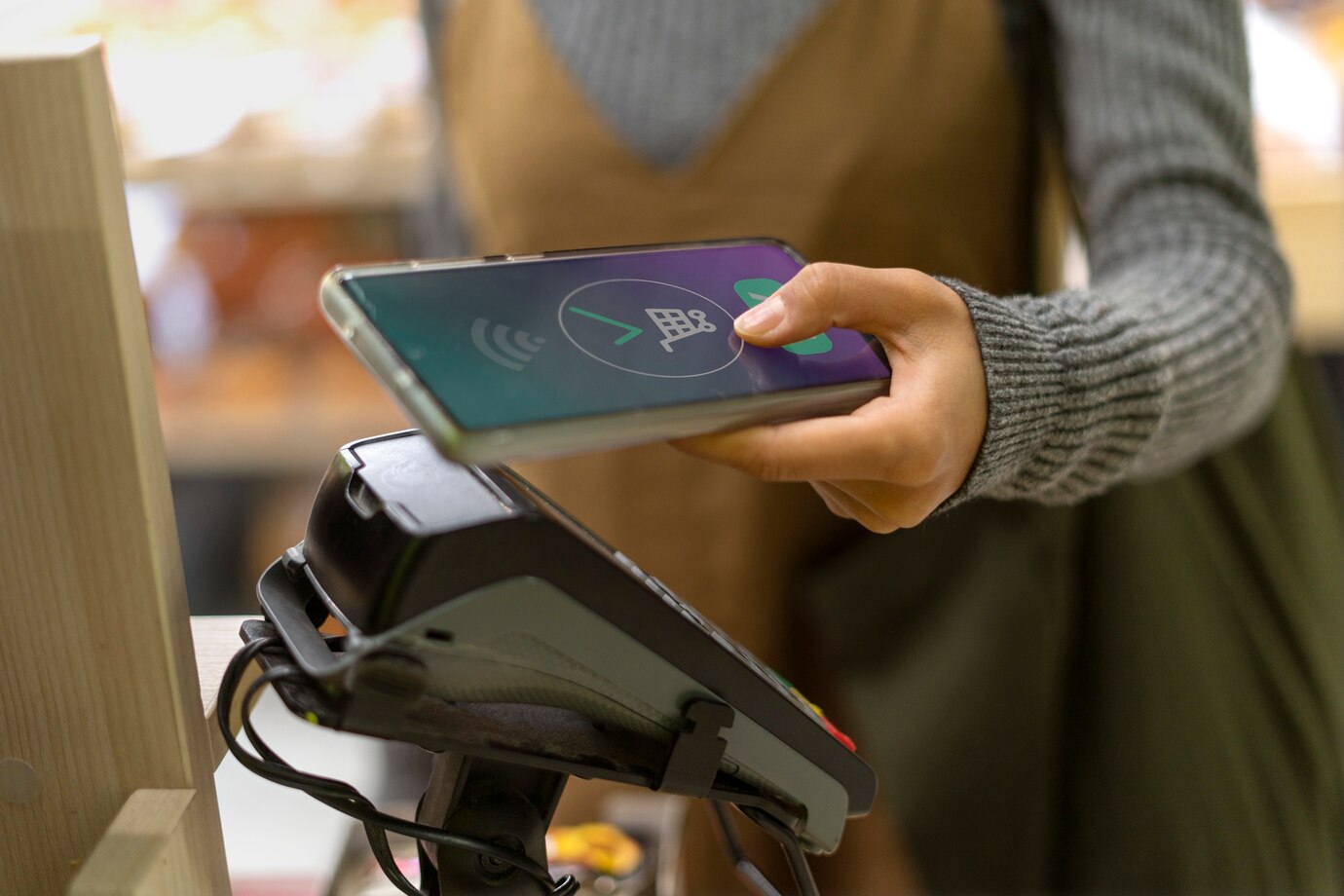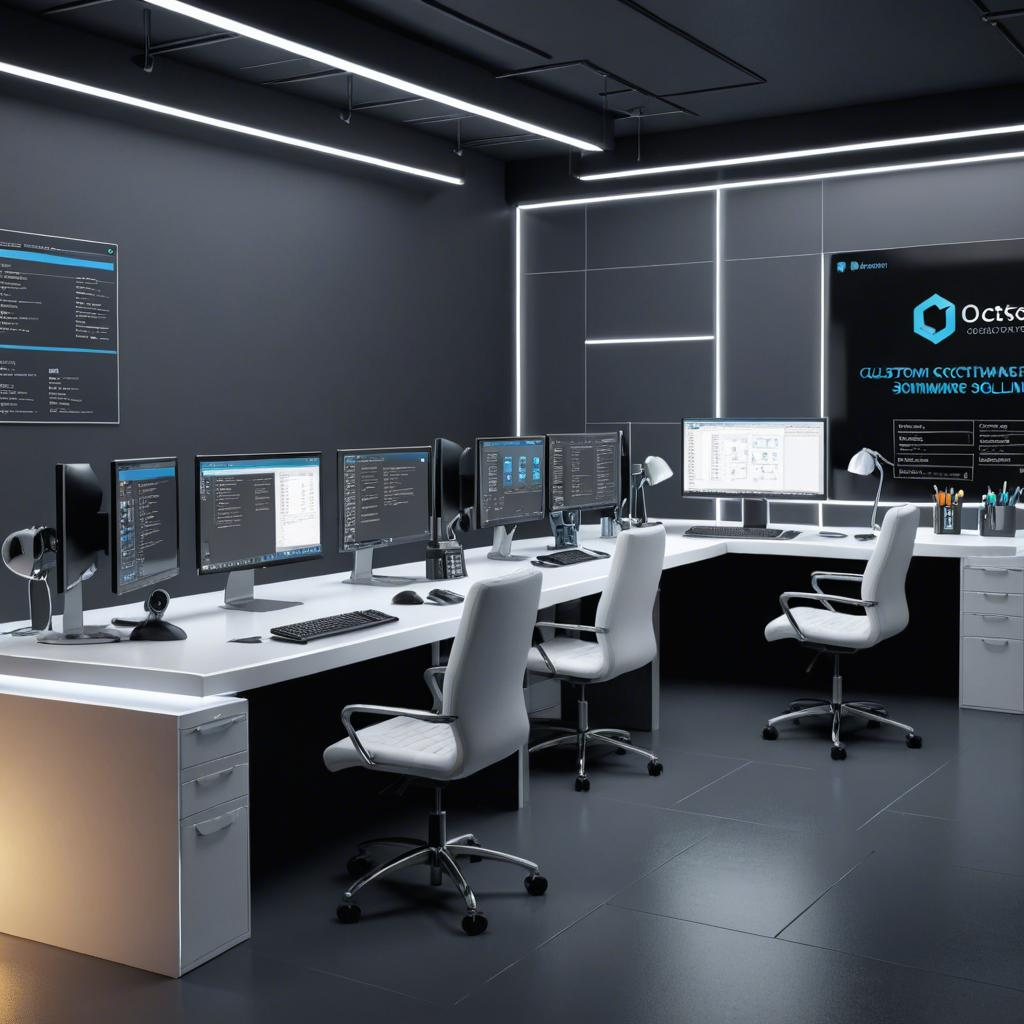How to Create a Mobile App for the Retail Industry
In the rapidly evolving digital landscape, the retail industry is undergoing a seismic transformation. Consumers are increasingly relying on mobile app to browse, shop, and engage with brands, making mobile app indispensable for retail businesses. For businesses aiming to stay competitive, understanding how to create a mobile app tailored to the retail sector is paramount. Mobile app developers play a crucial role in crafting these solutions, ensuring they meet both market demands and consumer expectations.
Understanding the Retail Industry's Mobile App Needs

Before diving into development, it is essential to comprehend the unique requirements of the retail industry. Unlike other sectors, retail apps often serve as a bridge between physical and digital shopping experiences. This hybrid approach necessitates features like real-time inventory tracking, seamless payment options, and personalized user experiences. Mobile app developers should begin by conducting thorough market research to identify trends, consumer behaviors, and competitor offerings. Understanding the target audience's needs will help in defining the app's core functionality.
Planning and Strategy Development

A successful retail app starts with a well-thought-out strategy. Mobile app developers must collaborate with stakeholders to outline the app’s goals, target audience, and key features. Creating a detailed project roadmap is crucial to ensure all development phases are aligned with the business objectives. Key questions such as “What problem does this app solve?” and “How does it add value to users?” should guide the planning process. This step is also the right time to determine the technology stack and platforms (iOS, Android, or both) based on the intended user base.
Designing an Intuitive User Interface (UI)

The success of a retail mobile app heavily depends on its user interface. A visually appealing and user-friendly design encourages users to engage with the app and simplifies their shopping experience. Mobile app developers should focus on intuitive navigation, clean layouts, and responsive designs. Incorporating elements such as quick search options, filters, and an easy checkout process enhances usability. Attention to design consistency—from color schemes to typography—ensures a cohesive brand experience that resonates with users.
Integrating Core Features

Retail apps must include several core features to meet user expectations and drive business success. These features often include:
Personalized Recommendations:
Leveraging AI and machine learning algorithms, mobile app developers can create personalized shopping experiences. These recommendations can be based on past purchases, browsing history, or user preferences.
Secure Payment Options:
Ensuring a variety of secure payment methods is essential. Integration with popular payment gateways, digital wallets, and even buy-now-pay-later services can significantly enhance user trust.
Ensuring Seamless Integration with Existing Systems

Retail businesses often rely on complex ecosystems of software, including inventory management systems, customer relationship management (CRM) tools, and enterprise resource planning (ERP) platforms. Mobile app developers must ensure the app seamlessly integrates with these systems. This integration enables real-time data synchronization, streamlining operations and enhancing the customer experience. Open APIs and middleware solutions can simplify this process, ensuring compatibility without compromising performance.
Emphasizing Security and Data Privacy

Given the sensitive nature of retail transactions, security should be a top priority. Mobile app developers need to implement robust security measures to protect user data, including encryption, multi-factor authentication, and secure APIs. Compliance with data protection regulations, such as GDPR or CCPA, is also essential to maintain user trust and avoid legal complications.
Testing and Quality Assurance

Rigorous testing is a non-negotiable aspect of mobile app development. Mobile app developers must perform extensive quality assurance checks to identify and fix bugs, ensure performance optimization, and verify compatibility across devices and operating systems. Testing scenarios should simulate real-world user behavior to ensure the app performs flawlessly under various conditions. A robust testing phase minimizes the risk of app crashes or glitches, which can significantly impact user retention.
Launching and Marketing the App

The launch phase is as critical as the development process. Mobile app developers should collaborate with marketing teams to create a buzz around the app’s release. Leveraging app store optimization (ASO), social media campaigns, and email marketing can drive downloads and engagement. Providing users with a seamless onboarding process, including tutorials and support, ensures a positive first impression.
Gathering Feedback and Continuous Improvement

The work doesn’t end after the app’s launch. Gathering user feedback is crucial for identifying areas of improvement. Mobile app developers should prioritize regular updates to address user concerns, fix bugs, and introduce new features. Monitoring analytics provides insights into user behavior, helping developers refine the app for better performance and engagement.
Conclusion

Creating a mobile app for the retail industry is a multifaceted process that requires careful planning, execution, and continuous improvement. Mobile app developers play a pivotal role in bringing these apps to life, ensuring they are both functional and user-centric. By focusing on intuitive design, seamless integration, and robust security, businesses can deliver apps that not only meet but exceed user expectations, driving growth and customer satisfaction in a competitive market.






